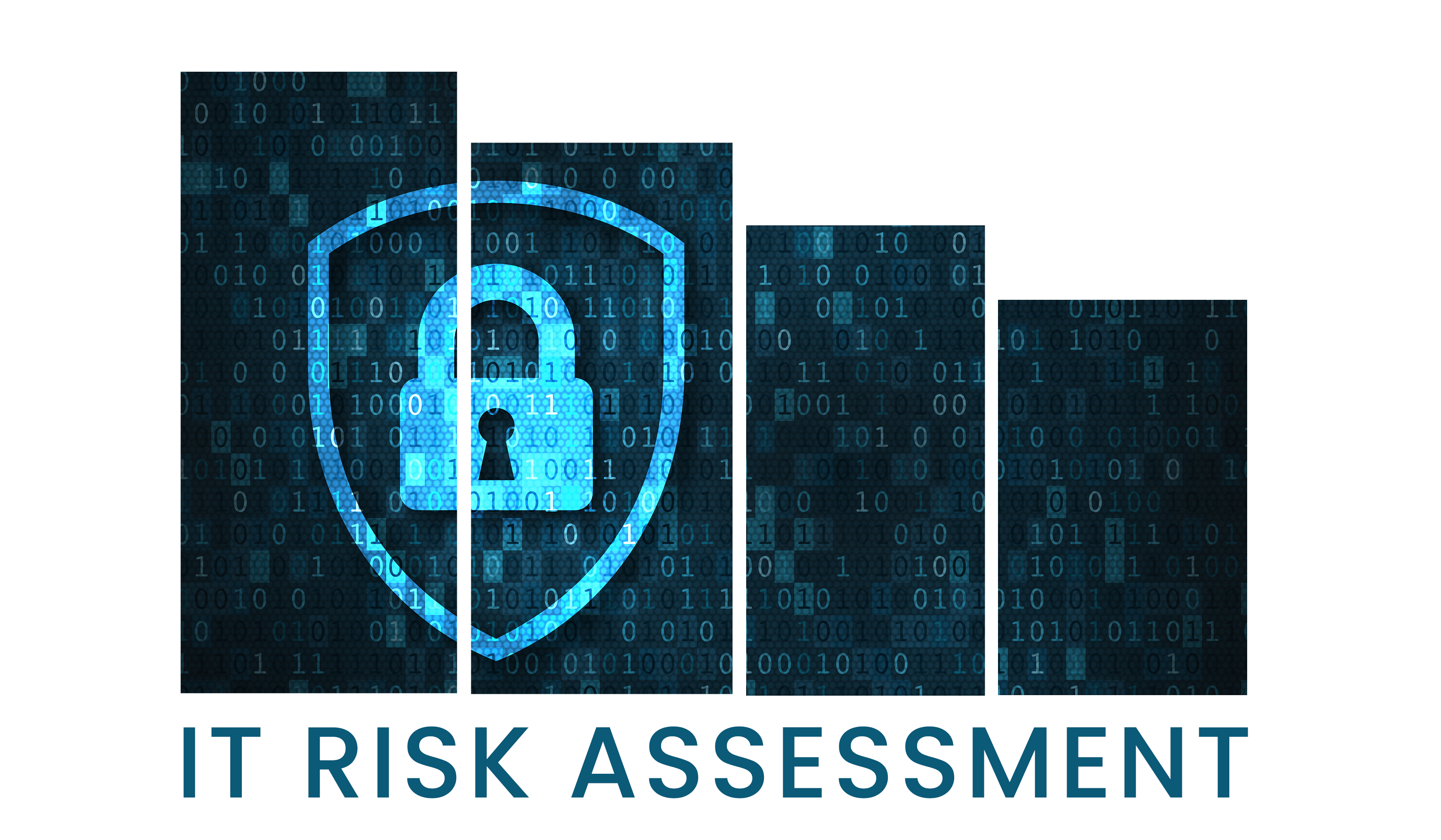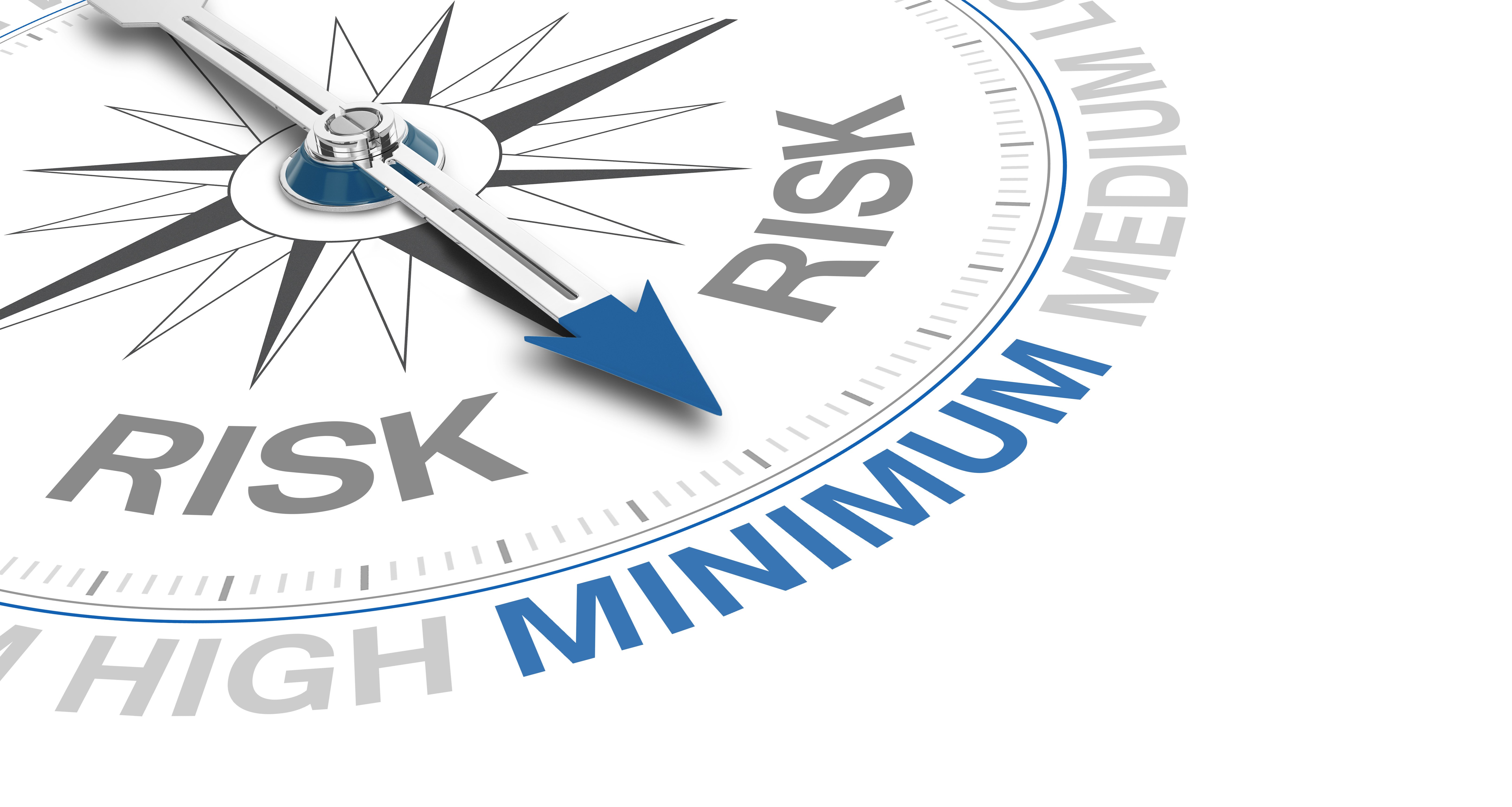1 min read
FedLine Assessment 101: A Step-by-Step Guide
Here are the key takeaways from this blog: Annual Compliance Requirement: The FedLine Assessment is an annual requirement established by the Federal...

Here are the key takeaways from this blog:
Learn how to manage AI risk in our free whitepaper below!
In today's rapidly evolving digital landscape, financial institutions face a multitude of cybersecurity challenges. Protecting sensitive data and maintaining the integrity of IT systems have become critical priorities for organizations across all industries, particularly for financial institutions entrusted with safeguarding valuable customer and member information. One of the fundamental tools in the arsenal of modern cybersecurity is the IT risk assessment. This comprehensive guide will provide insights into the definition, purpose, process, and importance of risk management, equipping financial institutions with the knowledge they need to effectively manage and mitigate risks.
Schedule Your Free System Risk Assessment Below
An IT risk assessment is a systematic process that involves identifying, analyzing, and evaluating potential risks and vulnerabilities in an organization's IT infrastructure and systems. It serves as a proactive measure to understand and manage risks before they can lead to security breaches, data loss, or operational disruptions. By conducting a thorough and quantitative IT security assessment, businesses can gain a comprehensive view of their risk landscape, enabling them to prioritize investments in cybersecurity measures and allocate resources efficiently.
IT risk assessments play a vital role in establishing a strong cybersecurity foundation for organizations. Here are two key reasons why security assessments are essential:
Proactive Risk Management: Risk assessments provide organizations with the necessary insights to identify vulnerabilities and weaknesses within their IT systems. By understanding the potential threats and their potential impact, businesses can take proactive measures to mitigate risks and safeguard their valuable assets.
Compliance with Regulatory Requirements: Financial institutions, in particular, are subject to stringent compliance laws and regulations to protect corporate data. Conducting regular risk assessments is a fundamental component of meeting these requirements. Compliance standards such as the Payment Card Industry Data Security Standard (PCI DSS) and the Gramm-Leach-Bliley Act (GLBA) necessitate comprehensive risk assessments as part of an overall risk management strategy. Failure to comply with these regulations can result in severe penalties, reputation damage, and loss of customer trust.
To effectively conduct an IT risk assessment, organizations should follow a systematic approach that includes the following risk assessment steps:
Schedule Your Free System Risk Assessment Below
1. Establish the Scope: Define the scope of the assessment, including the systems, networks, and assets that will be evaluated. Identify the specific goals and objectives of the assessment to ensure a focused and comprehensive analysis. Bonus points for a quantitative assessment using statistical analysis!
2. Set Your Risk Tolerance: Figure out how much risk your organization is willing to accept. Work with the executives and eventually board of directors to determine how much risk they are comfortable accepting to manage and run the information systems at the financial institution. Bonus points for getting them to identify specific dollar amounts they are willing to accept based on likelihoods (for example - willing to accept a 1% chance of losing $500,000 each year).
3. Identify Systems: Take inventory of all critical systems, including applications, critical third parties, and IT assets. Categorize and logically group assets based on their setup, value, importance, and potential impact on business operations. Some common examples of systems that we assess at financial institutions are: The core system, online banking, network infrastructure, network perimeter, and major lending systems.
4. Determine Information Assets: Create a list of data types that you want to use for your risk assessments. These are the types of information that are stored and transmitted by your systems you listed above. Different types of assets might be: customer information, PCI data, internal data, public information.
5. Threat and Risk Identification: Identify potential threats that could exploit vulnerabilities within the IT infrastructure. Consider external threats such as hackers, malware, and social engineering, as well as internal threats like human error or unauthorized access. Consult reputable sources and industry-specific threat intelligence to stay abreast of emerging risks. The Mitre Attack Framework is a great source for this!
6. Assess Controls: Evaluate the existing security controls and measures in place to protect information systems. Interview control owners to determine what controls are in place, how strong they are, and what their implementation levels are. Bonus points if you gather evidence to prove the controls are in place. Examiners are wanting to see risk assessment controls tested and updated with the results from your independent audit.
7. Risk Analysis: Analyze the data types, importance of the system, identify threats and controls currently in place to calculate or determine the level of risk the systems pose to the organization. Consider the likelihood of occurrence and the potential impact on the confidentiality, integrity, and availability of information. NIST SP 800-30 or ISO 27005, are great resources to guide the analysis process.
8. Risk Treatment: Develop a risk treatment plan that outlines appropriate controls and countermeasures to mitigate identified risks. Prioritize actions based on their ROI. (How much financial risk they reduce, based on the cost of the control). This will begin to change your conversation with the board of directors and help get the required resources to mitigate risks to an acceptable level.
9. Monitor and Review: Regularly monitor and review the effectiveness of implemented controls (bonus points if you gather evidence to update the controls). Update the risk assessment periodically to account for changes to systems, changes to amounts of information, and changes to how the system is used. Ongoing monitoring ensures that the risk assessment remains a dynamic and adaptive process.
Conducting an effective IT risk assessment involves the following three key considerations:
1. Internal Expertise and Resources: Assess the skills and expertise of your internal IT team to determine if they have the necessary knowledge and capacity to conduct a comprehensive risk assessment. If not, consider engaging external cybersecurity experts who specialize in risk assessments and can provide valuable insights and recommendations.
Schedule Your Free System Risk Assessment Below
2. Compliance Requirements: Familiarize yourself with the compliance laws that financial institutions must adhere to. For example, the FFIEC requires financial institutions to develop and maintain a comprehensive written information security program, which includes risk assessments. Additionally, PCI DSS mandates risk assessments as part of the payment card industry's efforts to secure cardholder data. Ensure that your IT risk assessment process aligns with these regulatory standards to maintain compliance.
3. Leveraging Technology Solutions: To accurately measure risk, and cyber risk quantification leverage cybersecurity platforms like Rivial. Rivial offers a comprehensive suite of tools and services that accurately measure risk, keep your risk assessment up to date year-round, automate compliance management, and enhance your overall cybersecurity program. By utilizing their expertise and trusted solutions, financial institutions can ensure the highest levels of security while minimizing the burden on internal resources.
To illustrate the practical application of an IT risk assessment, consider a hypothetical scenario within a financial institution. During the risk assessment process, risks are identified in the institution's online banking platform, including weak encryption protocols and inadequate access controls. The risk analysis reveals that these risks pose a $600,000 risk (residual risk) to the organization based on the impact and likelihood of the risk being realized and the current controls in place.
Based on the assessment findings, the institution develops a risk treatment plan. They implement robust encryption algorithms, strengthen access controls with multi-factor authentication, and conduct regular security awareness training for employees. These new controls cost the organization $70,000 in tools and employee time, but by addressing the identified risks, the institution reduced the risk of the online banking system by $200,000 at a 185% ROI.
Conducting comprehensive risk assessments and maintaining compliance with ever-evolving regulations can be a complex and time-consuming process. Financial institutions can greatly benefit from partnering with Rivial Data Security, a trusted cybersecurity partner specializing in risk and compliance management. By leveraging their industry-leading cybersecurity management platform and expertise, financial institutions can accurately measure their risk, automate compliance, and simplify the management of their security program to ensure the utmost protection of their customer and member data.
Learn how to manage AI risk in our free whitepaper below!

1 min read
Here are the key takeaways from this blog: Annual Compliance Requirement: The FedLine Assessment is an annual requirement established by the Federal...

Financial technology companies, more commonly referred to as FinTechs, face many threats from a wide variety of sources. If you understand the...

Here are the key takeaways from the blog: Advanced techniques streamline IT risk assessments: The firm's innovative approach reduces client effort,...